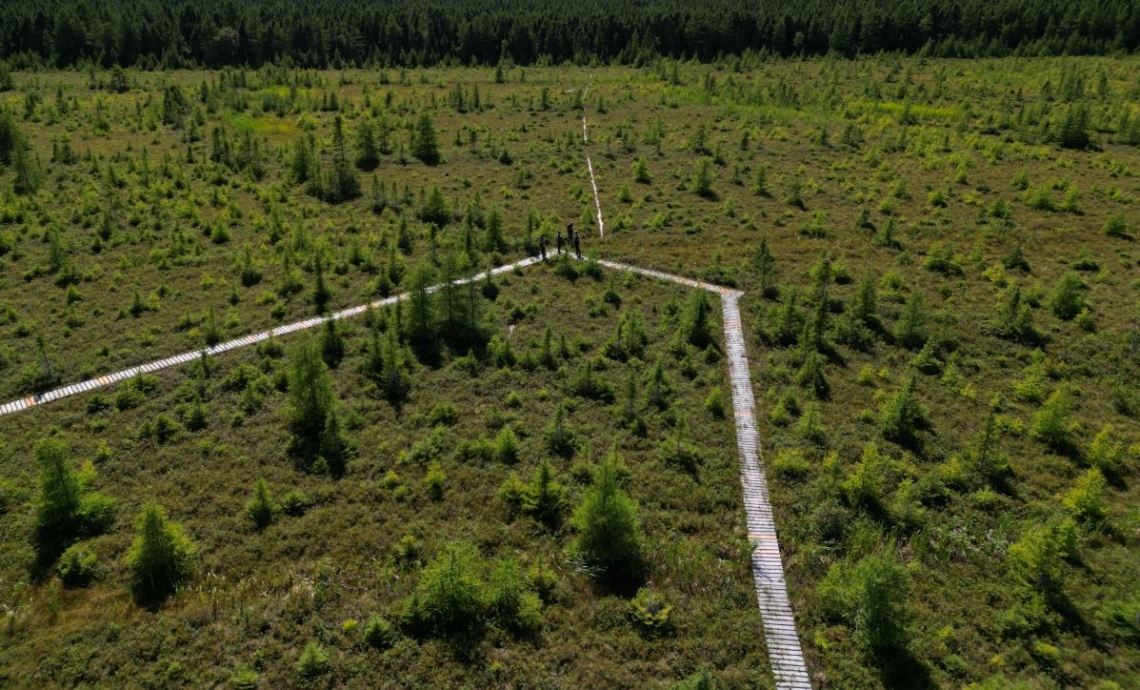
Human activities, like resource extraction, inevitably overlap with peatland areas. While only an estimated 2% of Canadian peatlands have been disturbed to date, ongoing human development will continue to impact new areas. These industrial activities disrupt the natural ability of peatlands to sequester atmospheric carbon dioxide (CO2) and store it as soil carbon. Depending on the disturbance type and how it changes the normal conditions present in that peatland, impacted areas may also release previously stored soil carbon as CO2 or methane (CH4). These changes to the usual greenhouse gas (GHG) exchange have significant global implications for climate regulation, so ecological restoration or reclamation is necessary for disturbed areas to regain their normal GHG functions.
Restoration/reclamation trials originating on former horticultural peat extraction sites have repeatedly demonstrated that rewetting and revegetating the site with peatland species can return a self-sustaining peatland plant community. These trials have culminated in recommended best management practices that utilize the moss layer transfer technique (MLTT) to introduce a multi-layered plant community of diverse mosses and vascular species. New trials for other disturbance types like oil and gas mineral well pads are also demonstrating success using similar methods. However, few restoration/reclamation trials have measured the GHG exchange response due to the labour-intensive nature of field GHG measurements. The results of the available studies provide a mixed picture because of the many interactions between peatland setting, disturbance type, restoration strategy, and the different study designs. There is also a lag period after groundwork and revegetation activities are applied that needs to be accounted for as the plant community re-establishes.

